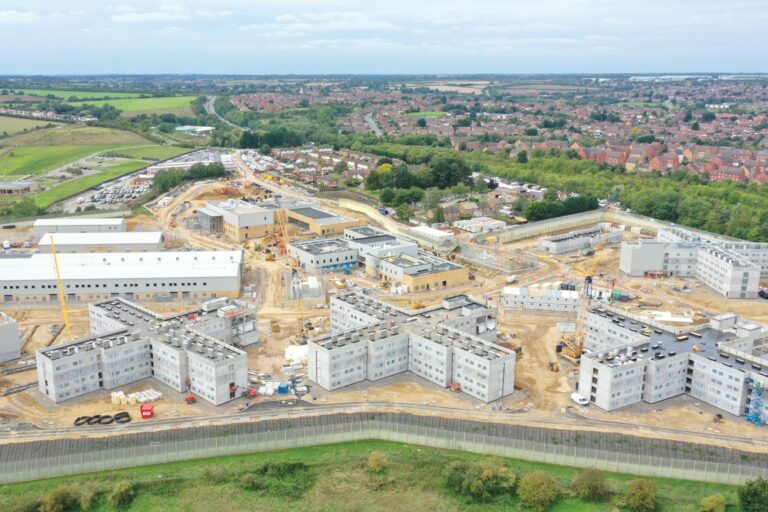BIM enables Coventry University to manage its global estates
Coventry University has multiple campuses in the UK and worldwide. The main campus is based in Coventry with an additional four locations in London, Scarborough and Wroclaw, Poland. Globally, it has hubs in Africa, Europe, and Asia. The university began adopting digital building information management processes in 2017 to drive efficiency in its estates’ operations.
The implementation of Building Information Modeling (BIM) and digital technologies is led by the Business Information Systems Team. Implementing BIM in the core functions of the estate is essential for managing information and saves time in checking and onboarding data. BIM protocols helped the University to establish a new way of working that ensures the graphical and information output is ‘consistently structured’ to provide insights on project and portfolio performance.
For information management of this extensive estate, the University selected an Asset Information Modelling Common Data Environment (AIM CDE) platform to share information and work collaboratively across the supply chain to manage the data. Following a small pathfinder project for the new AIM CDE, the University rolled out their chosen solution and started using it to manage information for their existing estate and the planned development of buildings and infrastructure.
CDE adoption has been fundamental to the University’s overall BIM strategy. A CDE is a digital repository used to communicate, capture, verify, manage and store information in a centralised area, making it available for secure sharing. Significantly, this allows teams to collaborate across disciplines and integrate processes in a controlled and coordinated manner, leading to increased efficiency, productivity, and consistency of data throughout the asset lifecycle. The CDE is now used as the central repository for building information and in the next stages of implementation, Coventry University Estates will be integrating it with its existing Computer-Aided Facility Management (CAFM) software, and BMS software on its pathway to developing a digital twin of their built estate.








